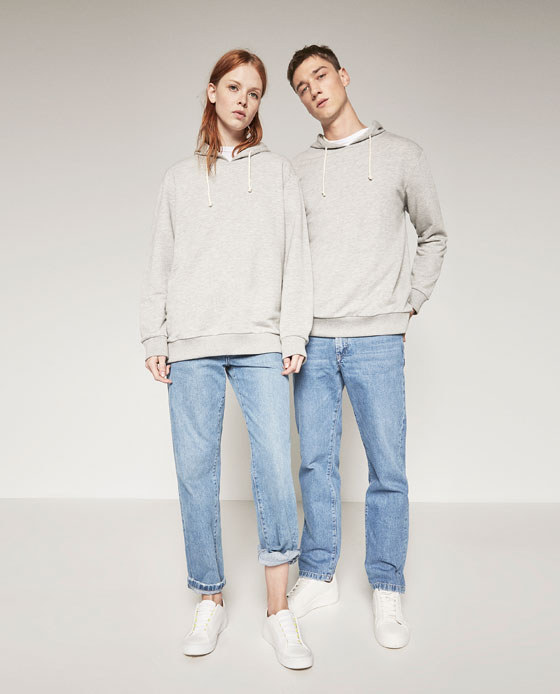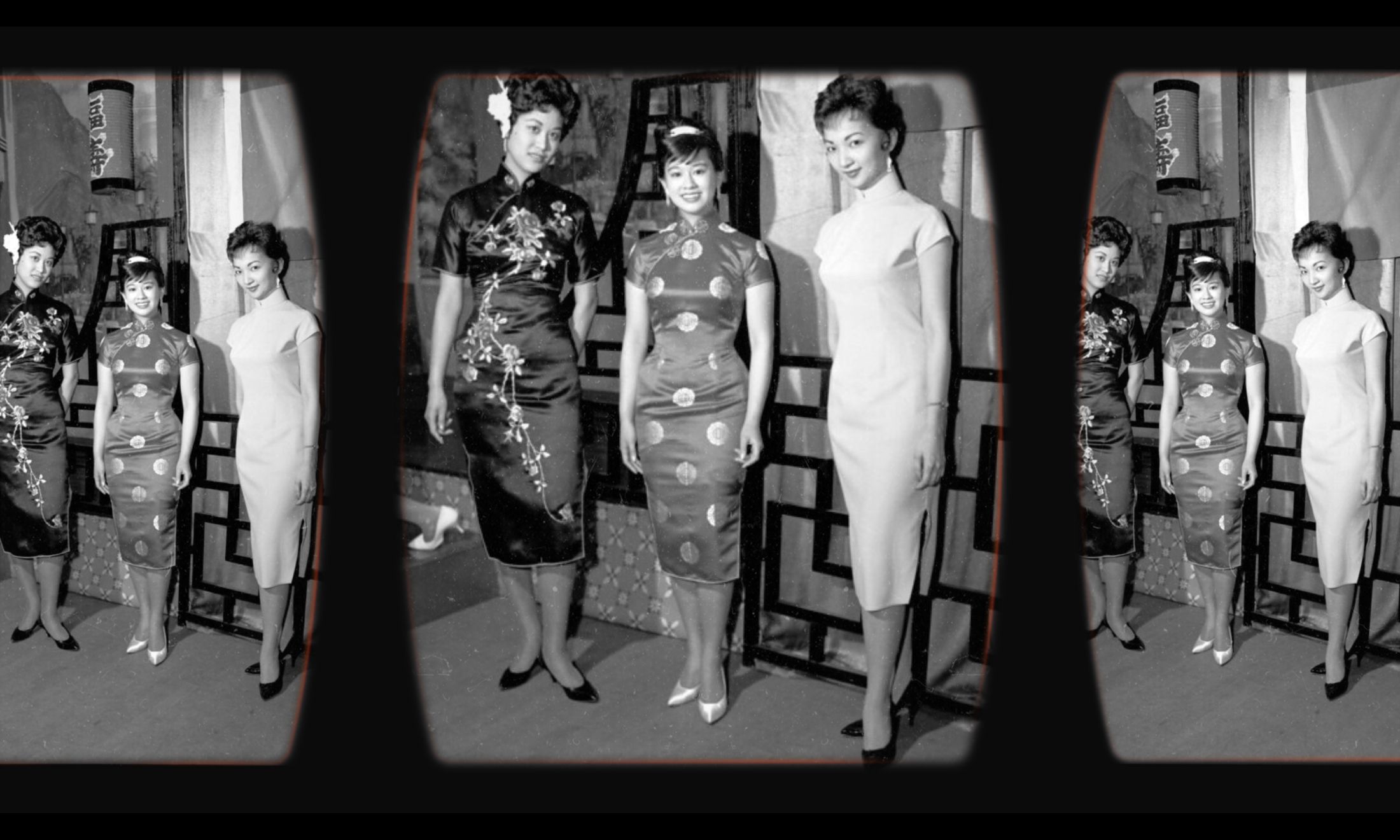
Zara’s ‘ungendered’ clothing line is not the revolution we’ve been waiting for
Halimah Manan
09 Mar 2016
A few days ago, Zara launched a new “ungendered” clothing line, seeking to capitalise on recent trends towards androgynous fashion. Consisting of plain hoodies and traditionally unisex clothing, it is clear that this is not particularly new at all. In fact, Zara’s “new” line is unimaginative and indicative of the high street brand’s misunderstanding of the meaning of “ungendered” entirely.
Clothing is “gendered” when it is considered only suitable for either those who present as men, or those who present as women. For example, skirts and dresses are considered appropriate for women and sold in the women’s section of stores (despite the fact that kilts and various other skirt-like pieces of clothing exist). For clothing to be “ungendered” then, such pieces of clothing must be relabelled to apply to everyone. Sections divided based on gender should, ideally, be removed completely to enable anyone with any gender identity to wear whatever they want.
In order to completely ‘ungender’ clothing, Zara should add other types of clothes to the category, such as skirts and dresses, and, in the long run, commit to refuting categories by gender altogether.
Instead of making progress in this regard, Zara are reinforcing the idea that only certain articles of clothing can be “ungendered” and are thus only transforming the label “unisex”. This is not breaking any conventions. Their collection, which consists of straight jeans, plain hoodies and even plainer jumpers, is dominated by styles which are vaguely masculine, reinforcing the concept of “unisex”.
 Image: Zara.com
Image: Zara.com
Although, intrinsically, “unisex” should mean ungendered, in practice, most of the clothes labelled this way are masculine-styled clothes. Loose hoodies and crew-neck t-shirts which fill the men’s section can also be labelled “unisex” at other times; thus men’s clothes and unisex clothes are interchangeable. Contrary to this, women’s clothes are considered feminine and inaccessible to men, or anyone masculine-presenting. While a man, or someone who presents as such, wearing a hoodie wouldn’t turn any heads, wearing a skirt certainly would.
This is where the problem of Zara’s “ungendered” clothing lies. Rather than truly committing, they are reproducing this idea that ungendered clothing can only be t-shirts, jeans and hoodies. In order to completely “ungender” clothing, Zara should add other types of clothes to the category, such as skirts and dresses and, in the long run, commit to refuting categories by gender altogether.
Even so, the fact that clothing brands have begun to take notice of a desire for clothing which lacks gender by label is quite promising. If they really want to make the most of this, though, they had better start challenging convention, instead of reproducing it with another name.









